An Education Journey: A Q&A with Rachelle Dené Poth
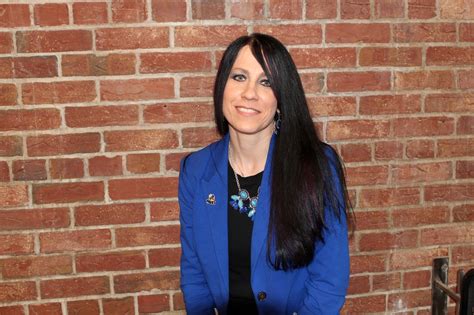
What sort of problems did you want to solve when you were younger?
When I was younger, I didn’t entirely know what I wanted to do. I often spent time playing school because I really enjoyed learning. I also loved animals and thought that maybe I might choose a career that involved working with animals. Helping others is something that I learned from my parents and I always sought opportunities where I could help others in any way that I could.
What led you to the world of education and how long have you been in it?
I recall as a junior at Penn State having an interesting conversation with my guidance counselor. I was a student in the School of Liberal Arts and had taken the required courses and many focused on the French language and culture because that was one of my strong areas. I recall the conversation when my guidance counselor told me it was time to declare a major. I did not have a clue about what I wanted to do. They suggested going into education, because of my interest in helping others. I also have several members in my family who are involved in education and so I dove in without realizing that I might make it a long-term career for myself. I have been teaching since the last century, which is something I like to tell my students and other educators.
What are you hoping your students to “feel” when they walk into your classroom?
I want my students to feel welcome and safe in our learning space and to know that I am there to support them for whatever it is that they need. I want them to be excited about learning and know that I really do care about them and want to do the best for them during the year and beyond. With the way that I design my classroom, I want all students to know that they can come in anytime and that I am there to listen, guide, support and be a mentor for them as they navigate all of the challenges that can come with learning.
What strategies do you recommend for creating a positive and inclusive classroom environment for your students?
In hindsight, the key lies in building relationships. From day one, invest in getting to know your students, their interests, and needs. Engage in meaningful conversations and allow them to get to know you better. Fostering mutual understanding enables the creation of a positive and inclusive space. It’s essential to strike a balance between learning and enjoyment, shared challenges, and celebrate the big and small accomplishments. To achieve this, it is a priority to provide a comfortable learning environment. It’s okay to have fun, laugh together, experience challenges and learn together.
As the rise of new technology continues to play a significant role in education, how do you strike a balance between digital tools and traditional teaching methods in your classroom?
I always think about what I’m trying to do. What is my purpose for using a specific method or a digital tool in my classroom? Sometimes with the content covered in my class, I know that students need additional examples beyond the ones that I’m providing for them. They need activities that are interactive or provide different ways for them to engage with the content. To do this, I often rely on some digital tools that are very versatile and that provide me with access to information about where students are in the learning process. I also want to use the time that I save by leveraging some of the tools, to spend with students working with them one-on-one, in small groups or as a whole class.
In today’s rapidly changing world, what skills do you believe are most essential for students to develop in order to thrive beyond the classroom, and how do you incorporate these skills into your teaching approach?
I started to realize a couple of years ago that even though I want students to love learning Spanish and maybe even become Spanish teachers or explore careers where they need these skills, I also need to take advantage of opportunities to help prepare them for whatever it is they decide to do in the future. When looking at social-emotional learning (SEL) skills or reviewing the Job Skills Outlook from the World Economic Forum, I look for ways to help students to build these skills in my classroom. I try to provide a variety of opportunities for students to collaborate, communicate, to work through challenges in learning, to connect with others and to leverage some of the different technologies that are available. I have to help prepare them for the different ways they may be engaging in work in the future. I am always about embracing new ideas and diving into risks in my classroom. I think it’s important to talk with our students about why we are choosing a certain method or a tool and how we think it will impact them. It’s also important to make time to gather feedback from them to understand the impact. Was it positive, or negative and how can we improve from there?
Parents play a crucial role in a student’s education. What strategies do you suggest for fostering a strong teacher-parent partnership throughout the school year?
It is important from the beginning of the year to set up a way for parents to communicate with you. I always recommend using a survey to ask parents what their preferences are when it comes to communication. Do they prefer email, phone calls or a messaging tool for example? Do we have our class materials available on a class website so families can access it? Also, be consistent with providing information to families so they know about the learning that is happening in your classroom. Are there any events or projects coming up, and how can they become more involved in the learning experience of their children? Keeping communication open is essential because we know that the more the families are involved and engaged in learning, it helps to promote student academic achievement.
What’s one message you have for fellow school leaders?
My advice is to not be afraid to take some risks with new ideas or new tools. There are so many choices out there that can really help to enhance the learning experience of students but also to keep us learning ourselves. We want our students to not be afraid of challenges in learning and what better way than to show that we are also risk-takers. Dive into learning with them, show them that we are not afraid of making mistakes and how we learn from those mistakes. So if there is a topic that you’ve been interested in but I’ve been hesitant to try, I say this is the perfect time to do it. Involve your students in the process and learn with and from them and enjoy the school year. I am all about getting teachers to dive into AI and not worry about being an expert, we just need enough to get started!
What is your one hope for the future of education?
My hope for the future of education is that educators will be receptive to evolving ideas and technologies. We are in the best position to guide our students into whatever the future brings. I hope that we all realize that we are constantly learning and must keep on learning, making mistakes and pushing ourselves so that we can provide the best for our students.



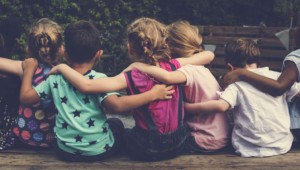
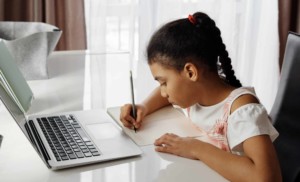
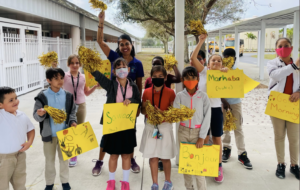
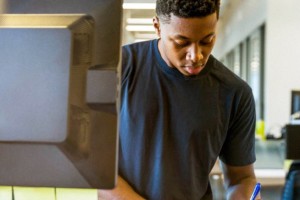
0 Comments
Leave a Comment
Your email address will not be published. All fields are required.